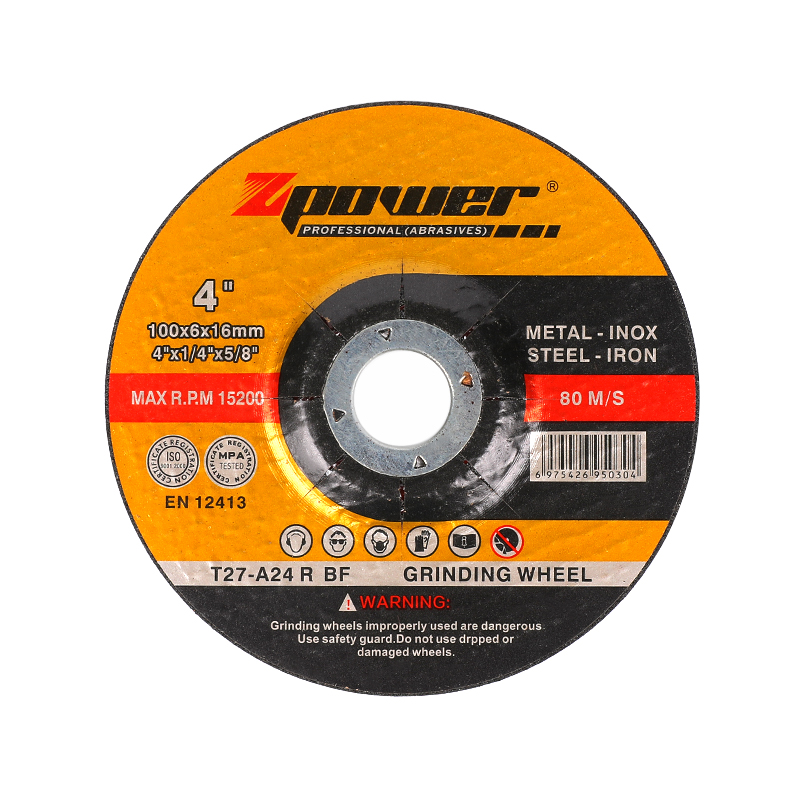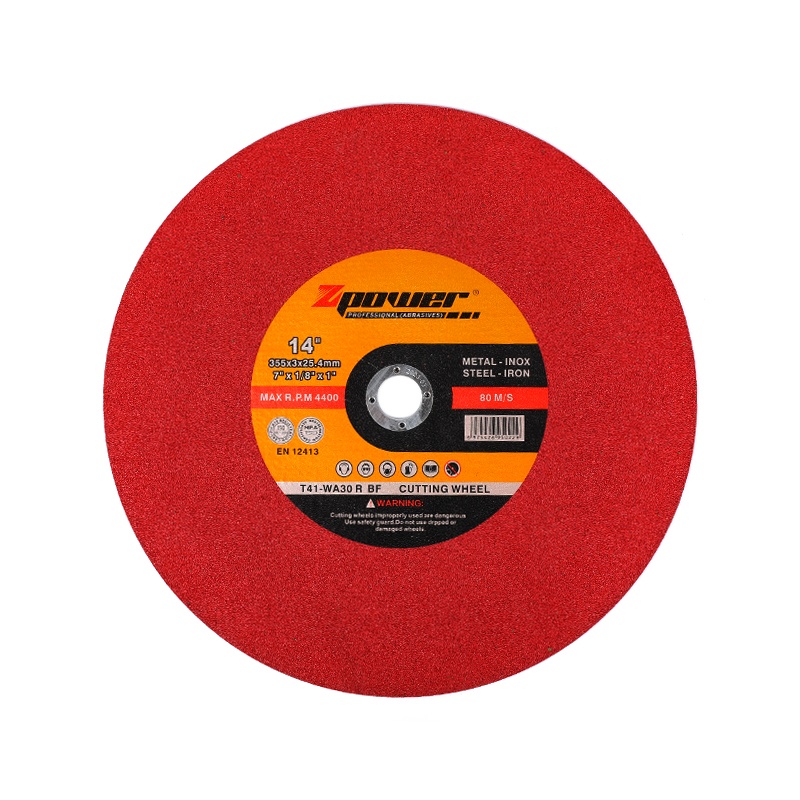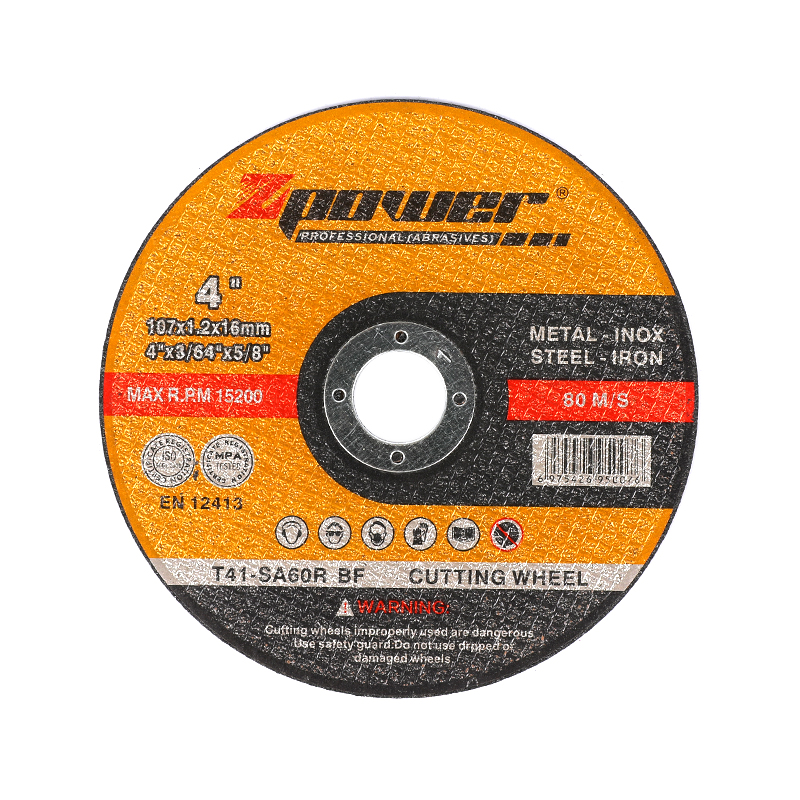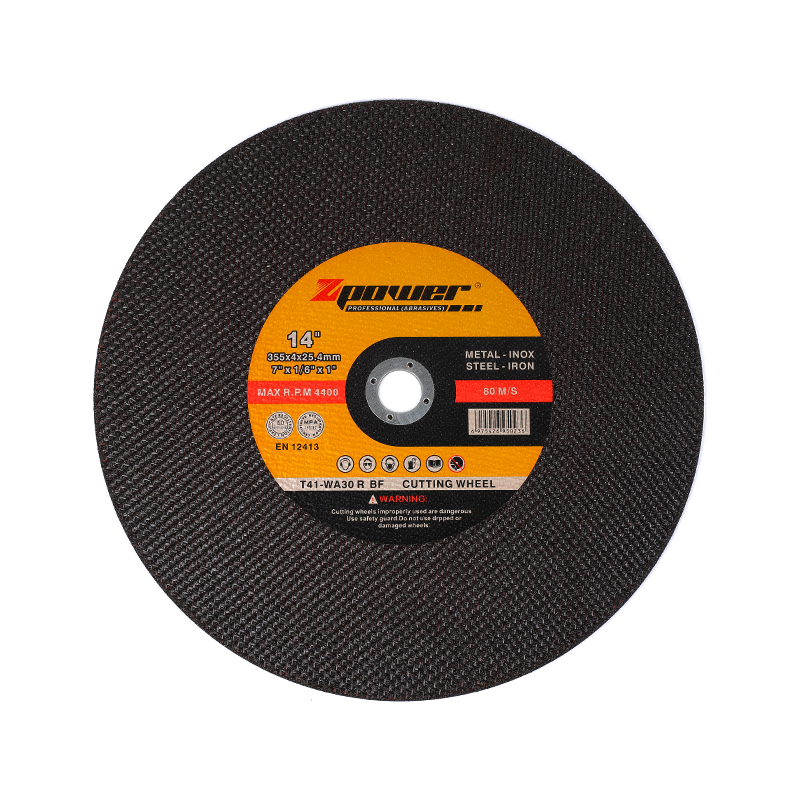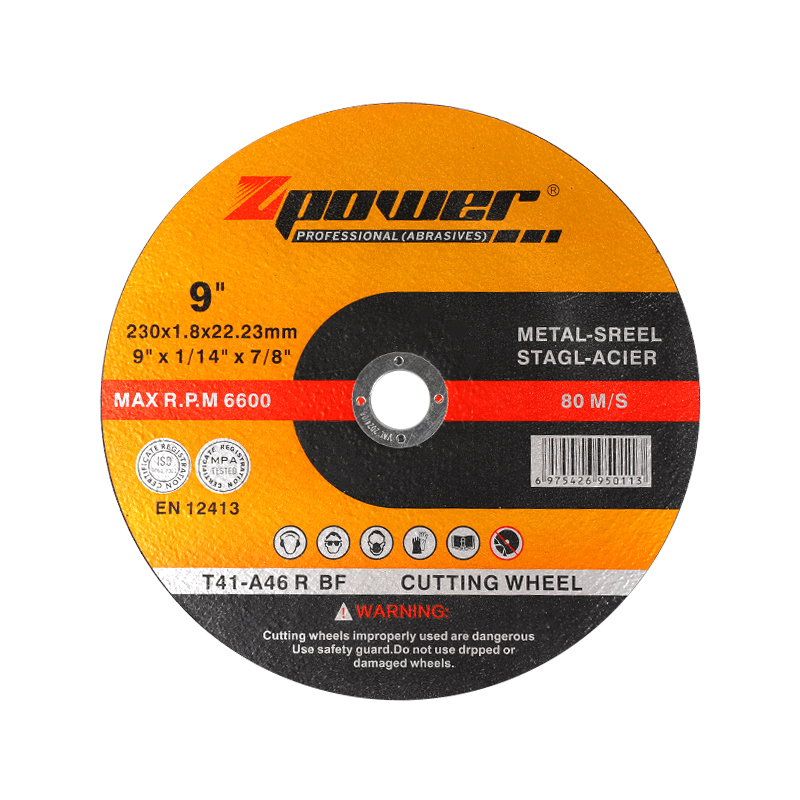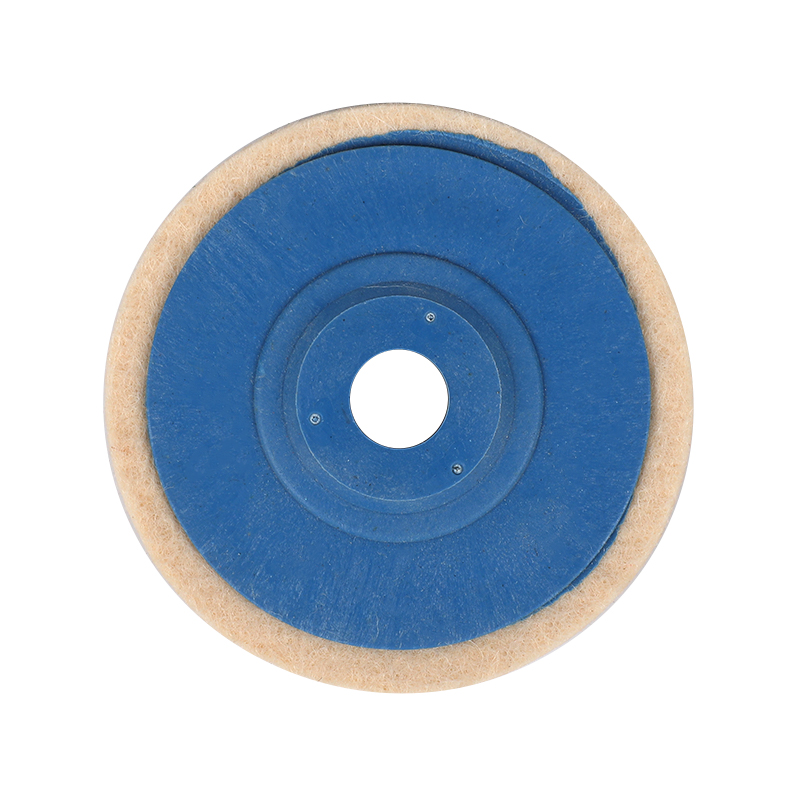What Materials and Grit Options Do Sanding Discs Manufacturers Offer?
 2025.07.18
2025.07.18
 Industry News
Industry News
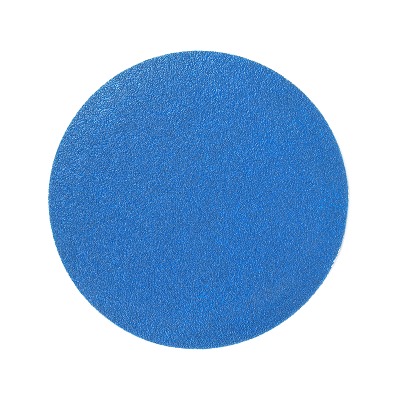
Sanding discs play a vital role in surface preparation, finishing, and material removal across a wide range of industries. From metal fabrication to woodworking and automotive repair, the right sanding disc can improve work efficiency and surface quality. One of the main considerations when selecting sanding discs is understanding the material types and grit options available. A professional sanding discs manufacturer typically offers a wide selection to meet different performance requirements and application scenarios.
The materials used in sanding discs vary depending on the intended task and surface type. A sanding discs manufacturer commonly provides discs made from aluminum oxide, zirconia alumina, ceramic alumina, and silicon carbide. Each of these materials has unique characteristics. Aluminum oxide is a popular choice due to its durability and versatility, making it suitable for sanding wood, metal, and plastic. Zirconia alumina is often used for heavy-duty applications, offering a longer lifespan when used on metal surfaces. Ceramic alumina is designed for high-performance grinding and is preferred for its cutting speed and heat resistance. Silicon carbide, on the other hand, is ideal for non-ferrous metals, stone, and glass due to its sharpness and fast-cutting properties.
In addition to abrasive materials, the backing type also plays a crucial role in the disc's performance. A sanding discs manufacturer may offer products with different backings such as paper, cloth, or film. Paper-backed discs are generally used for lighter applications and provide good flexibility. Cloth backing is more durable and suitable for industrial uses that involve greater pressure. Film backing, with its smooth and uniform surface, ensures consistent finishes and is often used in finer grit applications.
Grit size is another key specification that determines the sanding disc’s function. Sanding discs are available in a broad grit range, from coarse to ultra-fine. A sanding discs manufacturer typically classifies grits into categories such as coarse (40–60 grit), medium (80–120 grit), fine (150–180 grit), and very fine (220 grit and above). Coarse grits are designed for aggressive material removal, like stripping paint or shaping wood. Medium grits are used for smoothing surfaces and preparing for finishing. Fine and very fine grits are meant for polishing, finishing, or between-coat sanding in painting applications.
A reliable sanding discs manufacturer often considers the bonding method as well. Resin bond is widely used for its strength and resistance to heat and moisture, making it suitable for high-speed operations. In some applications, electrostatic coating of abrasive grains ensures even distribution and consistent cutting performance.
Some sanding discs manufacturers also offer specialty discs for specific tasks, such as hook-and-loop discs for quick attachment, PSA (pressure-sensitive adhesive) discs for secure grip, and ventilated discs to reduce heat buildup. These variations provide greater control over sanding performance depending on the user's equipment and project requirements.
A sanding discs manufacturer typically supplies a broad range of abrasive materials and grit sizes to accommodate different applications. By understanding the materials, backing types, bonding methods, and grit classifications, users can select the appropriate product for their needs. Whether the task involves heavy grinding, surface smoothing, or fine finishing, collaborating with an experienced sanding discs manufacturer can help ensure consistent and efficient results.

 Eng
Eng  عربى
عربى
